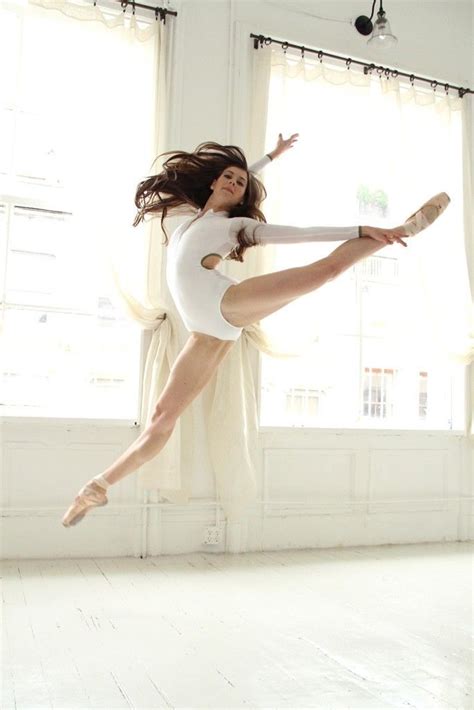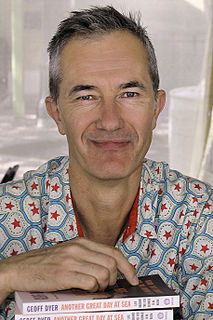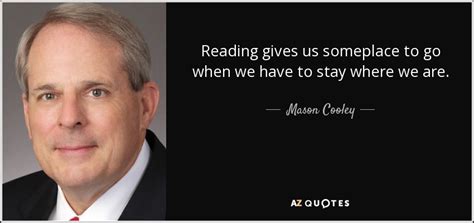A Quote by Robert Gottlieb
What really matters is that 'Black Swan' deploys and exaggerates all the cliches of earlier ballet movies, especially 'The Red Shoes,' another tale of a ballerina driven mad and suicidal.
Related Quotes
If I ever see another Shakespeare production where somebody drives a Jeep on stage, I'm going to run screaming up the aisle. These tend to be matters of design. I mean, we're seeing a lot of - it's very common to see Shakespeare with automatic weapons, things like that. They are clichés. They're new clichés, but they are clichés. And they're provincial. It's not clever to do Henry V, and have everybody dressed in United Nations soldier's costumes anymore. I've seen that one too. That kind of thing irritates me.
I think there's a fundamental distinction between character-driven movies that are just really lovely slice-of-life movies and character-driven movies that you remember 20 or 30 years later; the common denominator with the ones you remember is that they all have some really complicated emotional problem at their core.
My metaphor for acting in movies - not on stage because it's completely different on stage - is to put colors on an easel for the director to paint his own painting with in the editing room, long after I've left. You buy me for red and black, so I better give you really great red and black, but if I can give you purple, pink, green and brown too, I will.
Beware of clichés. Not just the clichés that Martin Amis is at war with. There are clichés of response as well as expression. There are clichés of observation and of thought - even of conception. Many novels, even quite a few adequately written ones, are clichés of form which conform to clichés of expectation.



































